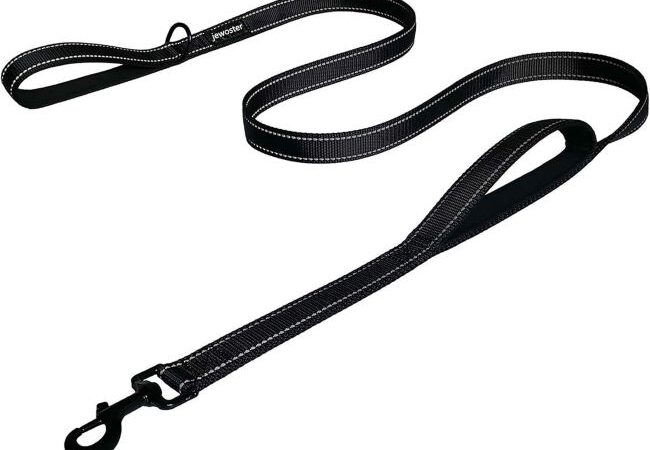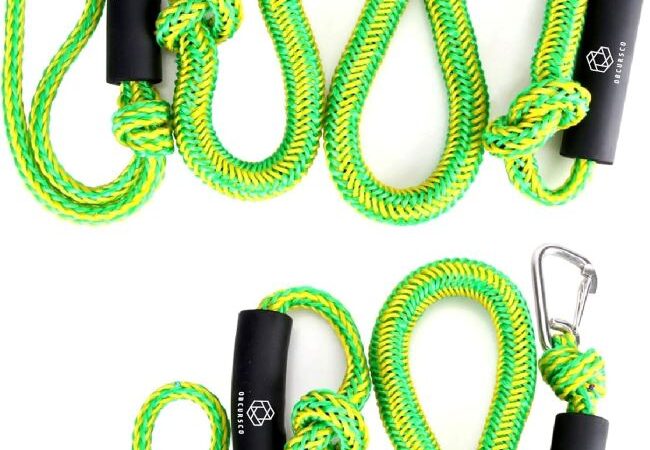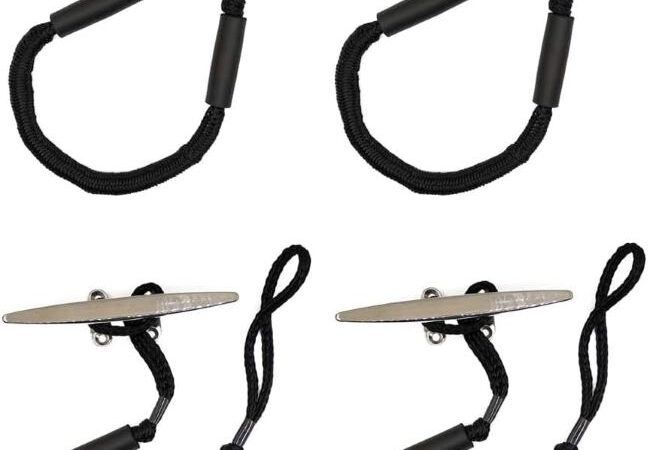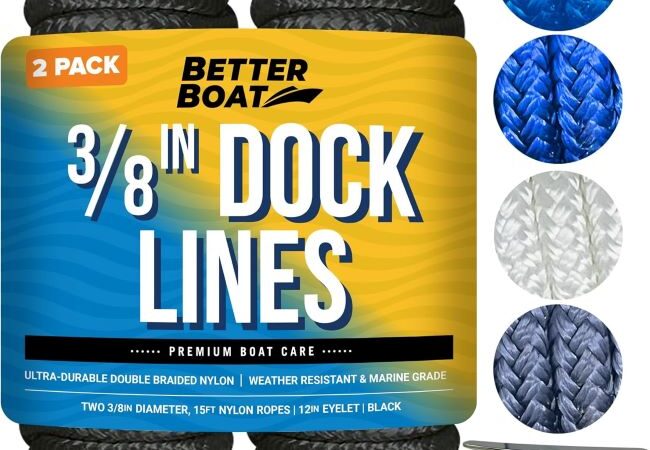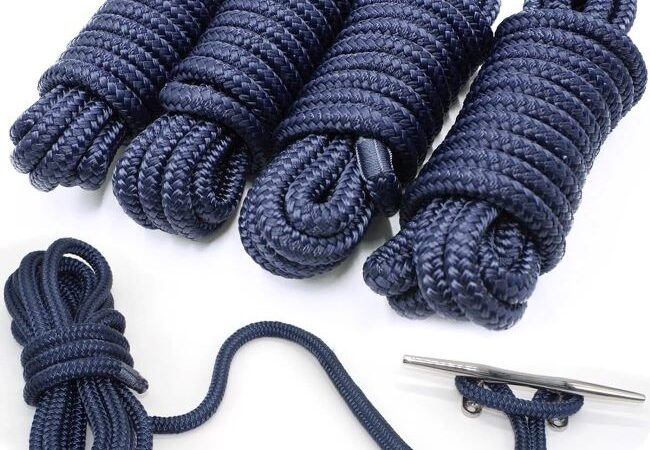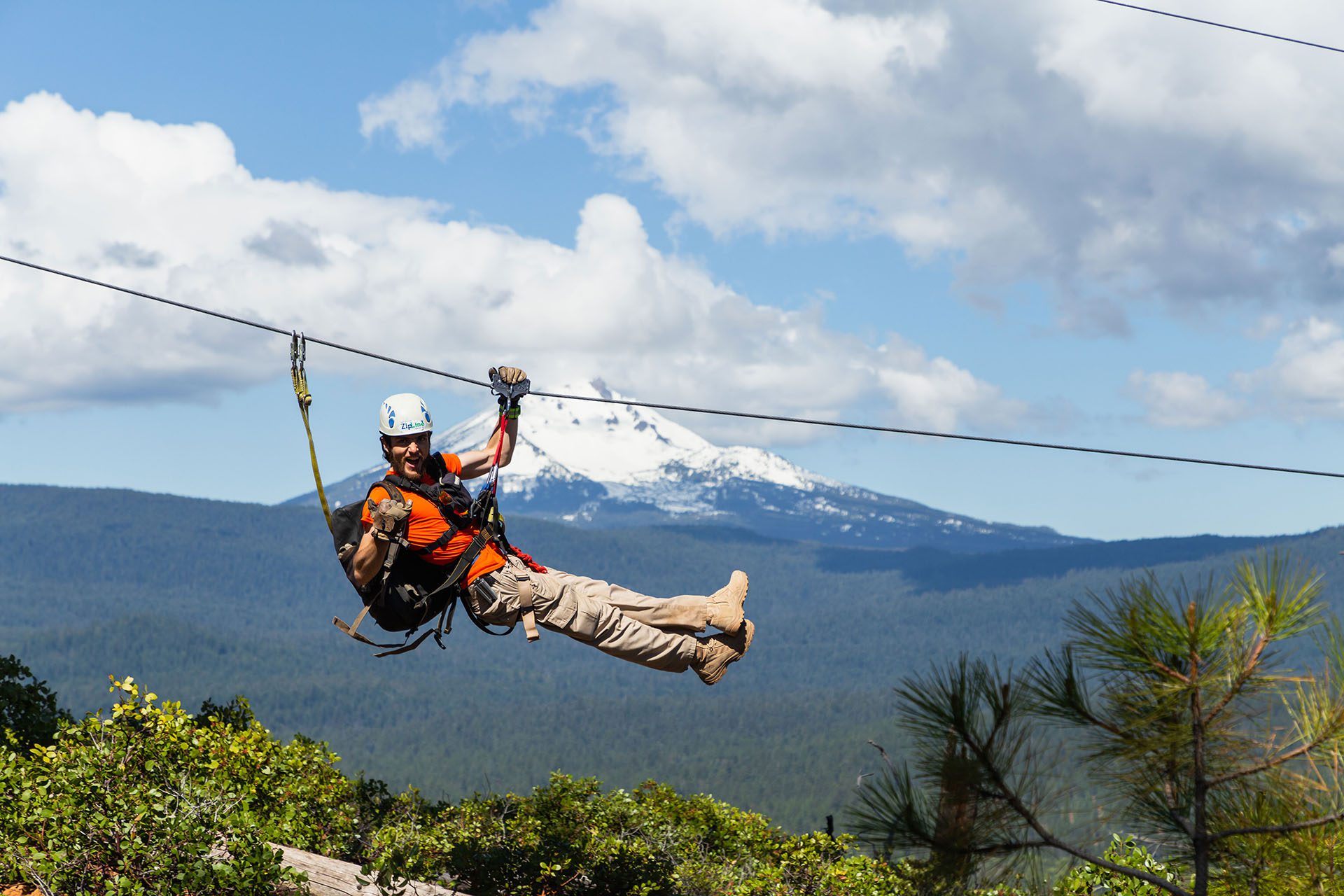
What Rope is Best for Outdoor Use: Finding the Perfect Stronghold
When choosing rope for outdoor use, the best option is to go for a durable and weather-resistant material, such as polyester or nylon, which can withstand different environmental conditions and provide reliable strength and durability. These ropes are ideal for activities like camping, hiking, and boating, offering excellent resistance to rot, mildew, and UV damage.
Contents at a Glance
ToggleThey are also less prone to stretching and shrinking compared to natural fiber ropes like hemp or manila, making them a reliable choice for various outdoor applications. With their high tensile strength and versatility, polyester, and nylon ropes are the top choices for outdoor enthusiasts and professionals alike.
So, when it comes to outdoor use, prioritize the durability and weather resistance of ropes for optimal performance and safety.
Criteria For Outdoor Rope Selection
When selecting a rope for outdoor use, it is important to consider several key factors. Durability and weather resistance are critical to ensure the rope can withstand the harsh outdoor elements and remain functional for a long time.
The texture and flexibility of the rope also play significant roles. A rope with a rough texture can provide a better grip and prevent it from slipping through hands, making it suitable for activities such as rock climbing or camping. On the other hand, a smooth texture may be more appropriate for sailing or other activities where sliding is necessary.
Safety is another crucial consideration. Different outdoor applications require various safety features. For instance, a rope used for mountaineering should have a high tensile strength and be able to support heavy loads. For boating or water sports, a buoyant rope that floats on water can be essential in case of emergencies.
Consider these factors carefully when choosing a rope for your outdoor adventures. Each activity may have specific requirements, so it is important to thoroughly research and select the right rope that meets your needs. Remember, a well-selected and properly maintained rope can make a significant difference in your outdoor experience.
Types Of Rope Materials
When it comes to choosing the best rope for outdoor use, it’s important to consider the different types of materials available. Natural fibers like cotton, hemp, and manila have been used for centuries and have a few advantages. They are biodegradable, which is beneficial for the environment, and they have a good grip, making them ideal for certain tasks. However, they can rot easily and are not as resistant to UV rays.
On the other hand, synthetic materials like nylon, polyester, and polypropylene offer a wide range of options. These ropes are more durable, lightweight, and have excellent tensile strength. Nylon is known for its elasticity and water resistance, polyester is UV resistant and doesn’t stretch, and polypropylene is both affordable and floats on water. Additionally, these synthetic ropes are less susceptible to rot and mildew.
Comparing the tensile strength and UV resistance of different ropes is essential. Nylon ropes have the highest tensile strength, followed by polyester and polypropylene. UV resistance varies depending on the material, with polyester being the most resistant, followed by nylon and polypropylene. When selecting a rope for outdoor use, consider the intended purpose, environmental conditions, and desired properties.
What Rope Is Best For Outdoor Use: Durability Meets Function
Choosing the right rope for outdoor activities is crucial for ensuring durability and functionality. When it comes to analyzing rope weave and construction, it’s important to consider the specific needs of your outdoor pursuits.
Climbing ropes require a dynamic construction with a high number of small strands to absorb impact forces. These ropes should also have a tight weave to prevent fraying.
Sailing ropes need to withstand constant exposure to saltwater and UV rays. A durable and weather-resistant rope, such as a polyester or polypropylene blend, is ideal.
Camping ropes should have high knot-holding capacity, making it easier to secure tents, tarps, and other equipment. Look for ropes with a smooth texture and flexibility for quick and hassle-free tying and untying.
Ultimately, the best rope for outdoor use depends on your specific activity requirements. By carefully considering construction, weave, and knot-holding capacity, you can find a rope that meets your needs and ensures safety during your outdoor adventures.
Rope Maintenance And Longevity
Proper rope maintenance is crucial for ensuring its longevity and optimal performance in outdoor activities. Here are some best practices to consider:
Best Practices For Rope Storage:
- Store your ropes in a cool, dry place away from direct sunlight.
- Avoid storing ropes on the ground or in contact with sharp objects that can cause abrasion or damage.
- Consider using rope bags or containers specifically designed for rope storage.
Cleaning Methods For Different Rope Materials:
| Rope Material | Cleaning Method |
|---|---|
| Nylon | Hand wash with mild soap and water, then let it air dry. |
| Polypropylene | Rinse with fresh water and gently scrub with a soft brush if needed. |
| Polyester | Machine wash on a gentle cycle with mild detergent, then air dry. |
Inspection Tips To Ensure Ongoing Safety:
Regularly inspect your ropes for any signs of wear, fraying, or damage. Pay attention to:
- Visible cuts or breaks
- Uneven thickness or swelling
- Discoloration or fading
- Hardened or stiff areas
If you notice any of these issues, it’s crucial to replace the rope to avoid compromising safety during outdoor activities.
Customizing Rope For Diverse Outdoor Adventures
Choosing the right rope for outdoor activities is crucial to ensure safety and optimal performance. The type of rope you select should be tailored to the specific activity and its requirements. For general outdoor use, nylon ropes are a popular choice due to their high strength and durability. They are resistant to rot, mildew, and UV damage, making them suitable for a wide range of outdoor adventures. Polypropylene ropes are lightweight and float in water, making them ideal for water-based activities like boating and fishing.
For more specialized activities, consider using ropes specifically designed for the task at hand. Climbing ropes, for instance, are designed to absorb impact force in case of a fall and have high strength to weight ratios. Static ropes are ideal for rappelling and rescue operations as they provide minimal stretch and are highly resistant to abrasion. Kernmantle ropes feature a sturdy core surrounded by a protective sheath, making them a good choice for high-intensity activities like mountaineering and caving.
| Activity | Ideal Rope |
|---|---|
| Hiking and camping | Nylon rope |
| Boating and fishing | Polypropylene rope |
| Rock climbing | Climbing rope |
| Rappelling and rescue operations | Static rope |
Real-world examples of rope applications further highlight the importance of customization. Hikers rely on sturdy nylon ropes to secure their tents and create makeshift clotheslines. Fishing enthusiasts benefit from the buoyancy of polypropylene ropes when casting out nets or tying up their catch. Rock climbers put their trust in specialized ropes designed to withstand extreme forces during challenging ascents. By understanding the demands of each activity, you can select the right rope to enhance your outdoor experience.
Credit: www.amazon.com
Frequently Asked Questions On What Rope Is Best For Outdoor Use
What Is The Best Rope For Outdoor Use?
The best rope for outdoor use depends on the specific use case. For general purposes, nylon rope is a popular choice due to its strength, durability, and resistance to abrasion. For heavy-duty tasks, such as towing or securing large loads, a polyester rope may be more suitable.
It’s important to consider factors like weather resistance and weight capacity when choosing the best rope for your outdoor needs.
How Do I Choose The Right Rope For Camping?
When choosing a rope for camping, consider the intended use. For activities like securing a tent or hanging a hammock, a lightweight and durable rope such as nylon or polypropylene would work well. If you plan on using the rope for activities like rappelling or rock climbing, a dynamic rope specifically designed for those purposes would be necessary.
Remember to also consider rope diameter, weight, and strength when making your selection.
What Type Of Rope Is Best For Boating?
The best rope for boating is typically a marine-grade rope made of materials like nylon or polyester. These ropes are designed to withstand the harsh conditions of constant exposure to water, sunlight, and salt. They offer excellent strength, resistance to UV damage, and low stretch properties, making them ideal for applications such as boat docking, towing, and anchor lines.
Be sure to select the appropriate diameter and length based on your specific boating needs.
Is Natural Fiber Rope Suitable For Outdoor Use?
Natural fiber ropes, such as Manila or sisal, can be suitable for certain outdoor uses. However, they are generally less durable and more susceptible to weather damage compared to synthetic ropes. Natural fiber ropes may work well for decorative purposes or low-load applications like gardening or arts and crafts, but for heavy-duty outdoor tasks, it is recommended to use synthetic ropes, which offer better strength, resistance to weathering, and longevity.
Conclusion
To summarize, selecting the right rope for outdoor use is crucial for ensuring safety and durability. By considering factors such as material, thickness, and weight capacity, you can make an informed decision. Whether you’re hiking, camping, or climbing, a reliable rope can be a valuable asset.
Take your time to research and choose the best rope that suits your specific needs. Your adventures await!

